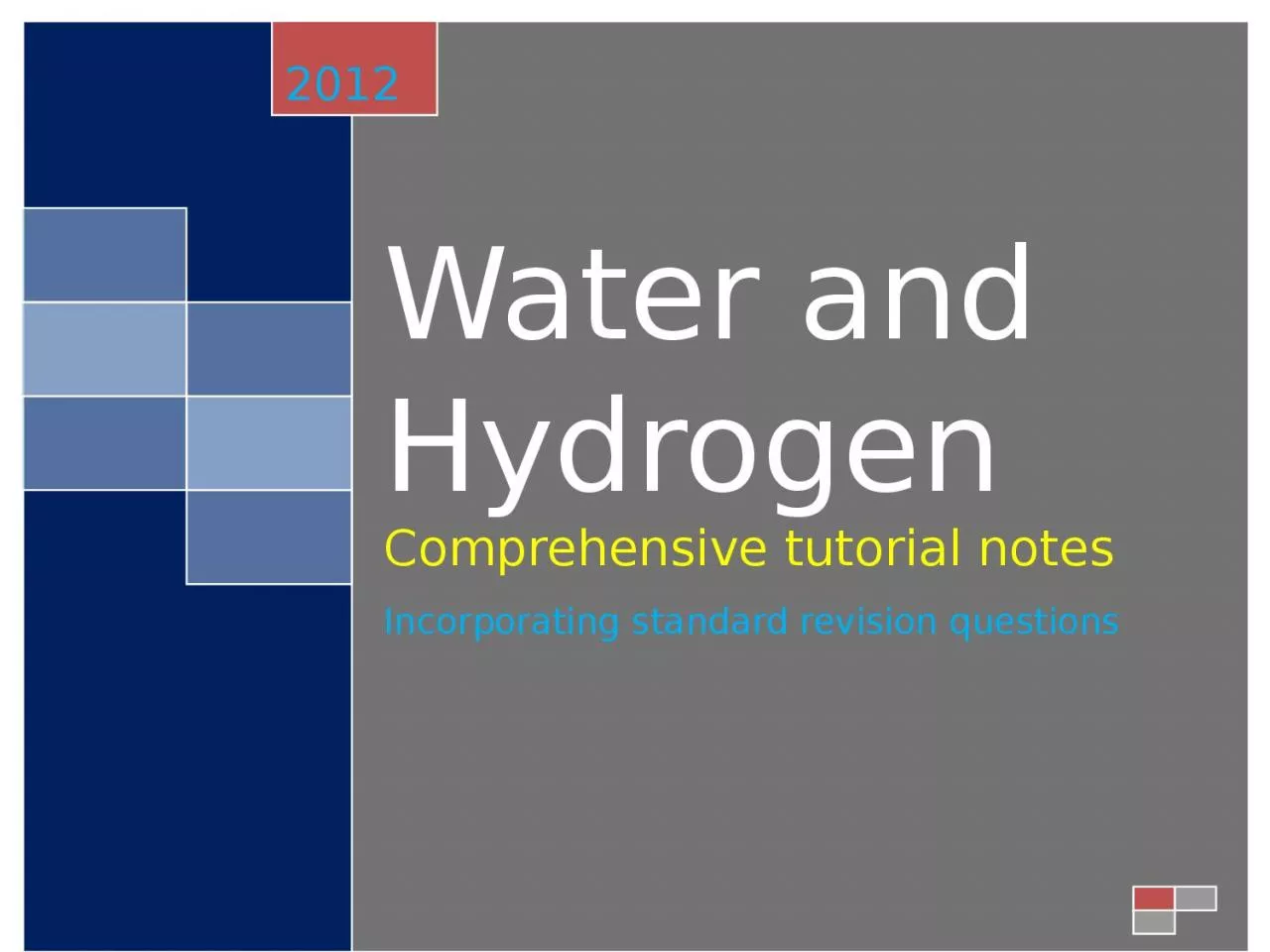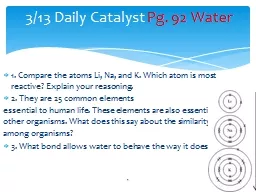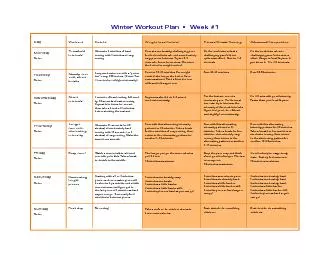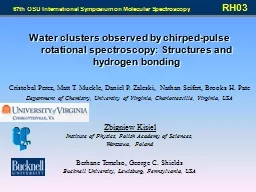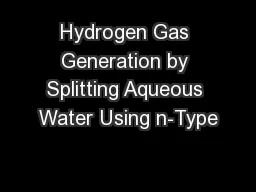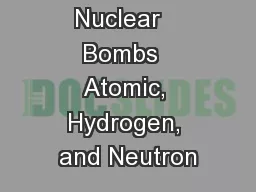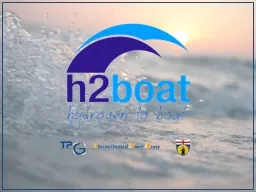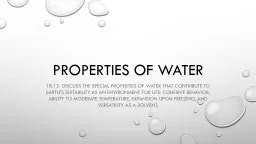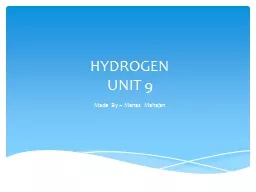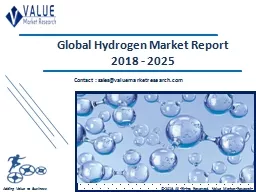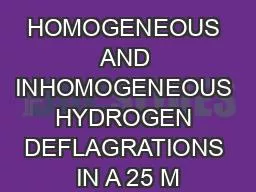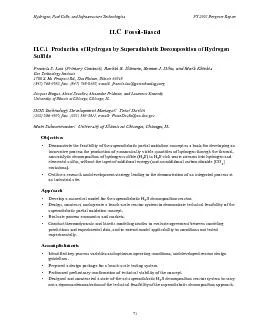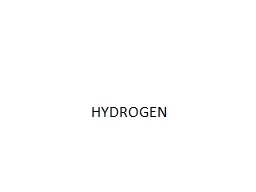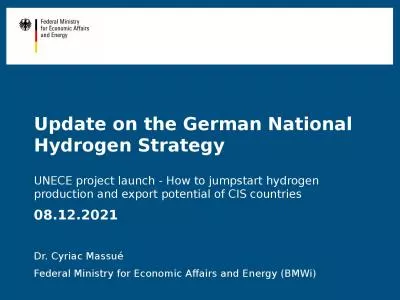PPT-Water and Hydrogen Comprehensive tutorial notes
Author : ximena | Published Date : 2024-02-09
Incorporating standard revision questions 2012 AWATER Pure water is a colourless odourless tasteless neutral liquid Pure water does not exist in nature but
Presentation Embed Code
Download Presentation
Download Presentation The PPT/PDF document "Water and Hydrogen Comprehensive tutoria..." is the property of its rightful owner. Permission is granted to download and print the materials on this website for personal, non-commercial use only, and to display it on your personal computer provided you do not modify the materials and that you retain all copyright notices contained in the materials. By downloading content from our website, you accept the terms of this agreement.
Water and Hydrogen Comprehensive tutorial notes: Transcript
Download Rules Of Document
"Water and Hydrogen Comprehensive tutorial notes"The content belongs to its owner. You may download and print it for personal use, without modification, and keep all copyright notices. By downloading, you agree to these terms.
Related Documents

